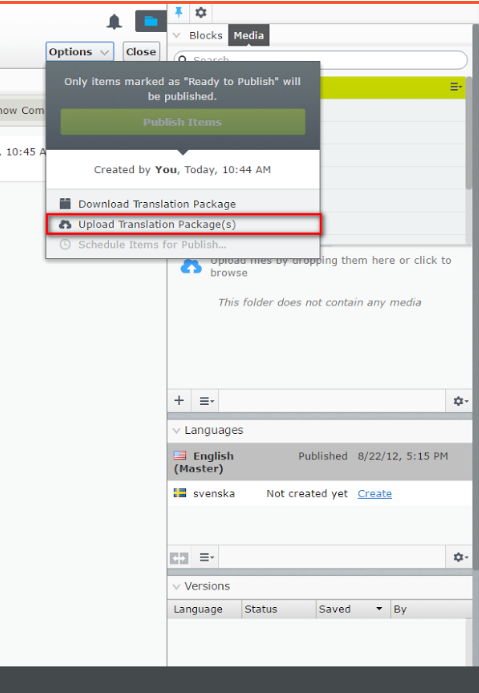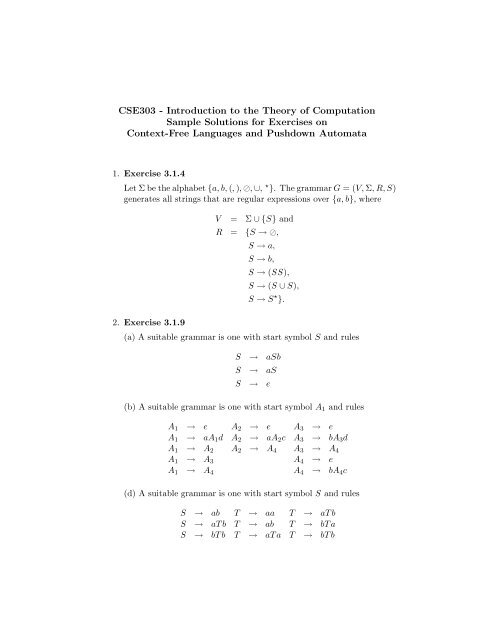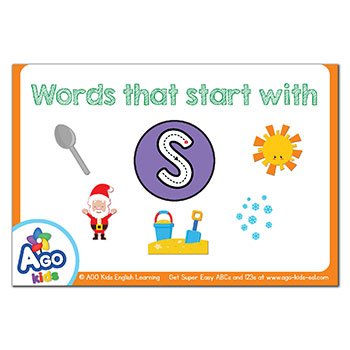Here is a list of the most commonly used Spanish words similar to English words starting with the letter S. In most cases, you would use the Spanish word as you would the English word. Click on the audio button to hear how the Spanish word is pronounced. As babies, we can hear all of the 600 consonants and 200 vowels that make up the world’s languages. Within our first year, our brains begin to specialise, tuning into the sounds we hear most.

[en Español]
On this page:
Children can learn to speak more than one language. They can learn languages at home, at school, or in the community. Some children can speak both languages easily. But sometimes they know one language better than the other. The language your child knows better is her dominant language. Over time, the dominant language may change. For example, a child who speaks Spanish at home may start to use English when she starts school. Her dominant language could change from Spanish to English.

Speaking two languages is like any other skill. You need a lot of practice to do it well. Without practice, your child will have a harder time using both languages.
Teaching Your Child To Be Bilingual
There are a number of ways to teach your child to speak more than one language. You can:
- Use two languages from the start. Many children grow up learning two languages at the same time.
- Use only one language at home. Your child can learn the second language when he starts school.
- Give your child many chances to hear and practice both languages during the day.
Learning More Than One Language
Languages That Begin With T

Every bilingual child is unique. Learning two languages depends on the amount and type of practice your child gets. The following are some basic guidelines:
- Most bilingual children speak their first words by the time they are 1 year old. By age 2, most children can use two-word phrases. Phrases like 'my ball' or 'more juice' can be in one or both languages.
- From time to time, children may mix grammar rules. They might use words from both languages in the same sentence. This is a normal part of becoming bilingual.
- Some children may not talk much when they start using a second language. This “silent period” can last for several months. Again, this is normal and will go away.
Ways To Help Your Child Become Bilingual
- Books. You can read to your child in both languages. You can find the books you need at bookstores, at libraries, and on the Internet.
- Music. Singing is a great way to introduce a second language to your child. And, it can be a lot of fun!
- TV and videos. Children’s programs are available in many languages. These programs teach children about numbers, letters, colors, and simple words.
Programming Languages That Start With S
- Language programs. Children can learn other languages at camps or in bilingual school programs. These give children the chance to use two languages with other children.
Talking With Your Child
Your child might have trouble using both languages. In this case, talk to your child in the language you know best. You should do this even if your child uses a different language at school. A good language model gives your child the skills he needs to learn other languages. But try not to make a sudden change in your child’s routine. This can be stressful.
Remember, children all over the world learn more than one language all the time. Learning another language will not cause or worsen speech or language problems. Bilingual children develop language skills just as other children do.
If your child starts having trouble in both languages, he may need help from a speech-language pathologist, or SLP. To find a speech-language pathologist near you, visit ProFind.

Other Resources
10 Most Common Languages
This list does not include every website on this topic. ASHA does not endorse the information on these sites.
Dying Languages In The World
- Bilingual Language Development (YouTube video)
- Can Special Needs Kids be Bilingual? (YouTube video)
- ¡ Colorín Colorado! (bilingual website for educators and families)
- Myths About Bilingual Children (YouTube video)
List Of Languages
Learn More
